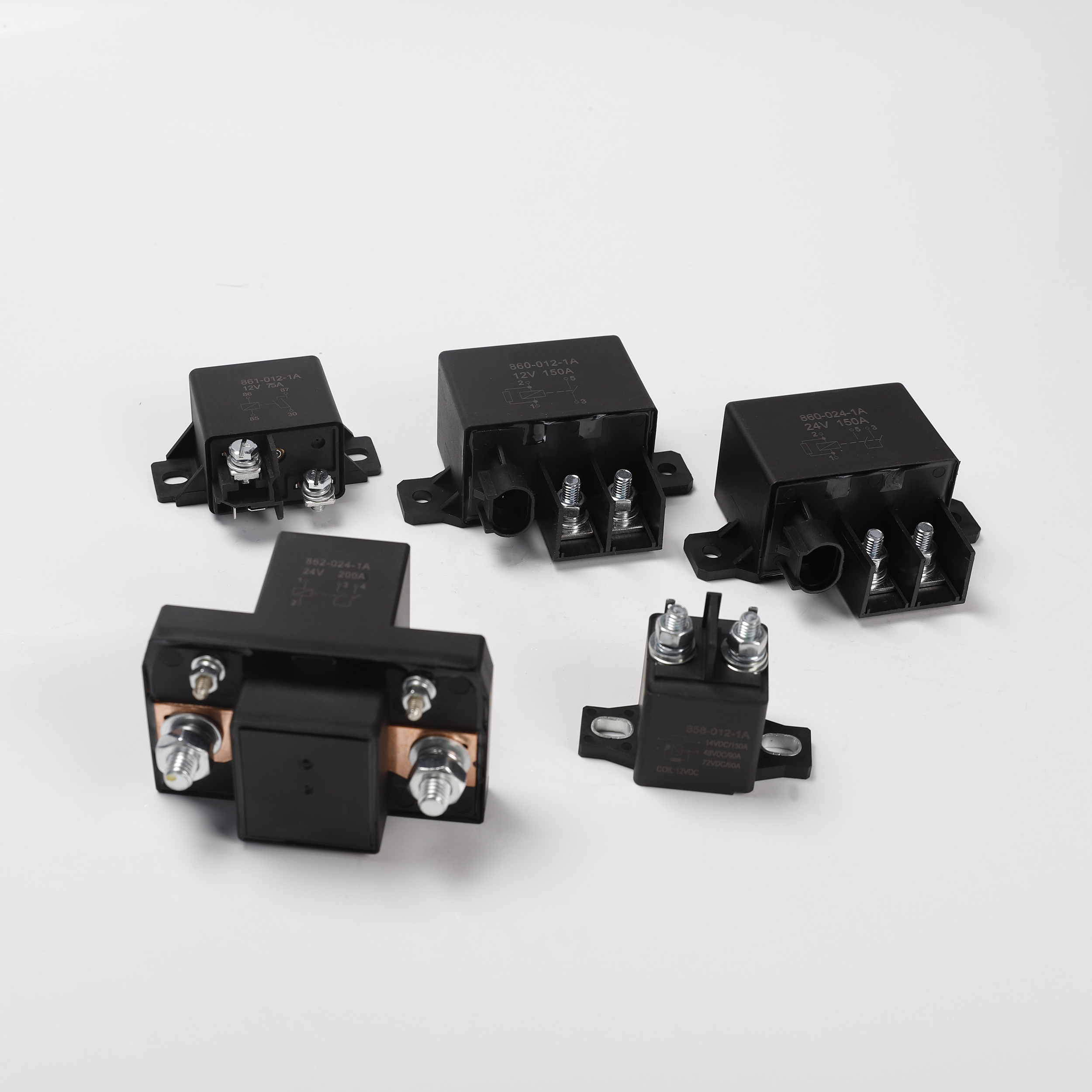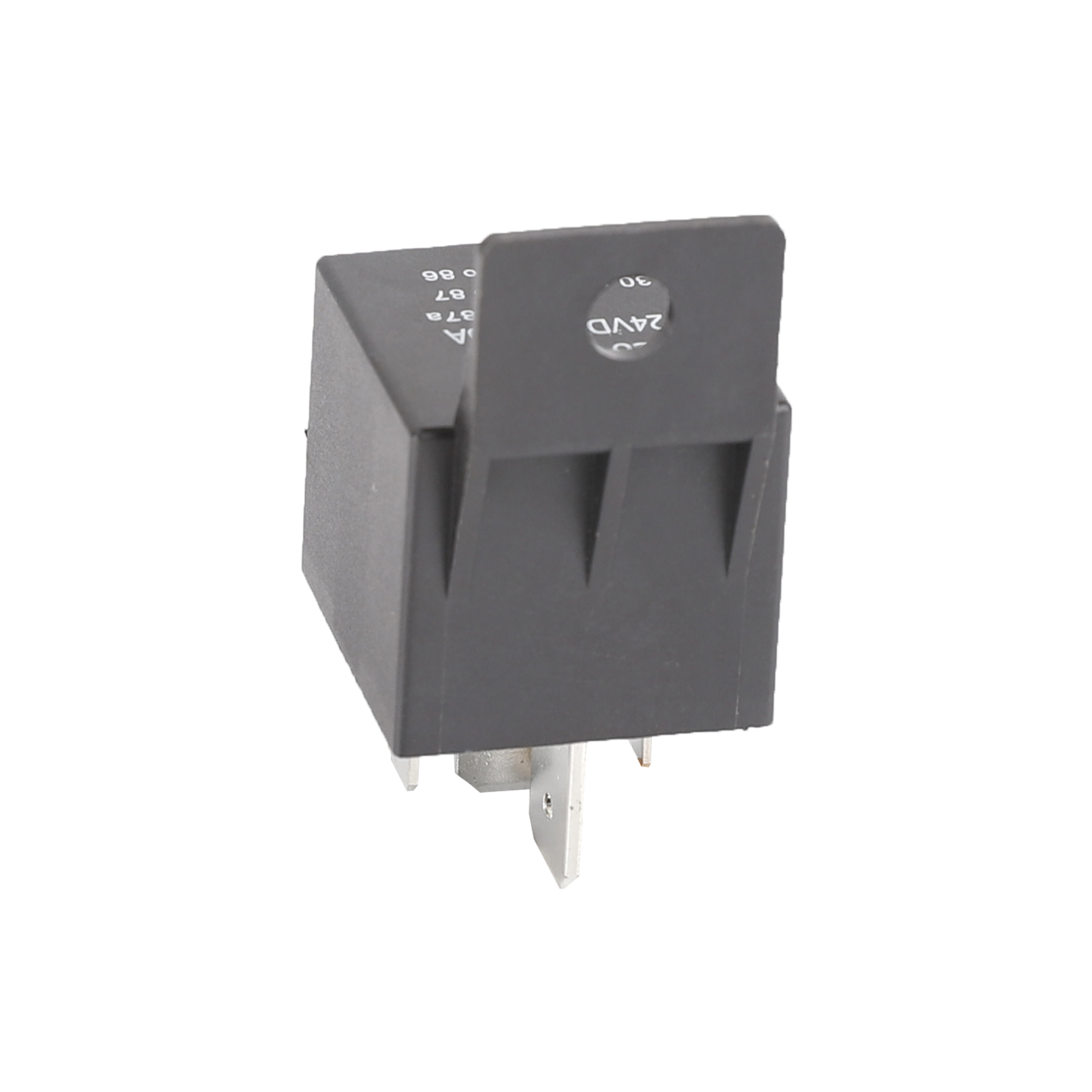Table of Contents
Understanding the Power Consumption of a Relay: An In-depth Analysis
Understanding the power consumption of a relay is crucial in various applications, particularly in the automotive industry. A relay, in its simplest form, is an electrically operated switch. It uses a small amount of power to control a larger amount of power, thereby playing a pivotal role in the operation of many electronic devices. However, the power consumption of a relay and its operating temperature can significantly impact its performance and longevity, especially in automotive applications.

The power consumption of a relay is primarily determined by its coil resistance and the applied voltage. The coil, when energized, creates a magnetic field that moves the switch. The power consumed is typically expressed in watts and can be calculated using Ohm’s law, which states that power equals voltage squared divided by resistance. Therefore, a relay with a higher coil resistance or a lower applied voltage will consume less power. Conversely, a relay with a lower coil resistance or a higher applied voltage will consume more power.
| Nr. | Products |
| 8 | Auto Relay |
However, it’s important to note that while a lower power consumption might seem advantageous, it can also Lead to a weaker magnetic field, potentially affecting the relay’s ability to reliably switch. Therefore, it’s crucial to strike a balance between power consumption and performance when selecting a relay for a specific application.
In addition to power consumption, the operating temperature of a relay is another critical factor to consider. The operating temperature of a relay, particularly an automotive relay, can significantly affect its performance and lifespan. Automotive Relays are often subjected to harsh conditions, including high temperatures. Therefore, they must be designed to withstand these conditions without compromising their functionality.
The operating temperature of a relay is influenced by several factors, including the ambient temperature, the heat generated by the coil, and the heat produced by the switching contacts. When a relay operates, the coil generates heat due to the electrical resistance. This heat increases the relay’s internal temperature, which can affect its performance if not properly managed.
| No. | Designation |
| 4 | Auto Relays |
Moreover, the switching contacts also produce heat when the relay operates. This heat is generated due to the electrical arcing that occurs when the contacts open or close. If the heat produced by the coil and the contacts is not adequately dissipated, it can cause the relay’s temperature to rise significantly, potentially leading to failure.

Therefore, it’s essential to consider both the power consumption and the operating temperature when selecting a relay, especially for automotive applications. A relay with a lower power consumption may seem appealing, but it’s crucial to ensure that it can still perform reliably under the expected operating conditions. Similarly, a relay that can withstand high temperatures may be necessary for automotive applications, but it’s also important to ensure that it can dissipate heat effectively to prevent overheating.
In conclusion, understanding the power consumption and operating temperature of a relay is crucial in ensuring its optimal performance and longevity. By considering these factors, one can select the most suitable relay for their specific application, thereby ensuring the reliable operation of their electronic devices.
| No. | Designation |
| 2 | Auto Relays |
